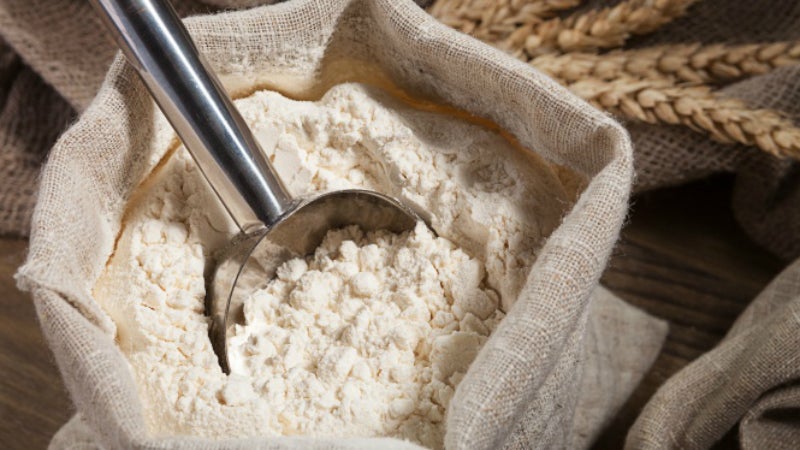
To assess a flour mill’s performance, an operations manager checks processing data in the lab from product sample tests. Issues such as contamination are also monitored.
Proper flour sampling can make or break quality control (QC) analysis in a flour milling operation. A QC test is only as good as the tested sample, which is only as good as the flour sampling technique used to obtain a true representative sample that has the characteristics of the whole lot or batch.
Collecting a sample from a flour milling process requires a consistent, accurate, repeatable method, which has as little bias as possible. Since a random grab sample taken by hand isn’t sufficient to ensure little sample variation and repeatability, automated flour sampling is a must.
Obtaining a true representative flour sample means accurate moisture, protein, ash, gluten, water absorption, and other key parameter analysis. It is vital to monitor and control the entire milling process to ensure the facility produces consistent, high-quality flour for customers.
Using the right flour sampling method and sampler requires knowing the properties of the flour. In flour sampling, segregation can be an issue, particularly as the particle size distribution increases. Different size flour particles mix as they move. Fine flour particles vibrate and move into the spaces between larger particles, forcing the large flour particles to rise to the top of a container over time. Because the top layer contains larger particles, and finer particles tend to migrate towards the bottom, the flour particle segregation means a hand scoop sampling method produces a sample that is not representative of the entire lot.
The best sampling method for mixed flour particles as the flour is moving or pouring freely is an automated sampler integrated directly into the conveying line. Continuous sampling and analysis of the flour is ideal when the flow rate and moisture content varies so that the milling operation can be adjusted appropriately. In addition, the size of the sample needs to be large enough to represent the batch or lot, yet a manageable amount. The sample needs to retain its integrity without modification by the sampler.
The sampler type is usually determined by the particle homogeneity and where the sampling point is located in a process. Three types of samplers are used for various bulk solids applications, including flour:
- A point sampler takes a sample from a point in a process stream. This type works best with homogenous flour or grain without variation in particle size, density, or composition.
- A strip sampler obtains a sample in a gravity chute or in a pneumatic transfer line. This type works when the product isn’t homogenous and has a wide range of particle size.
- A cross cut sampler collects a sample across the width of a process stream. This type mounts in gravity chutes and vertical or angled spouts and produces the most representative sample.
Determining the quality of a flour product requires proper analysis of a true representative sample that is obtained from the proper sampler type designed for the characteristics of the product sample.
The key to ensuring QC and a reliable food safety programme is testing samples that are representative of the entire product batch. Only then can flour millers be confident their products have been properly tested for quality and potential contamination.
